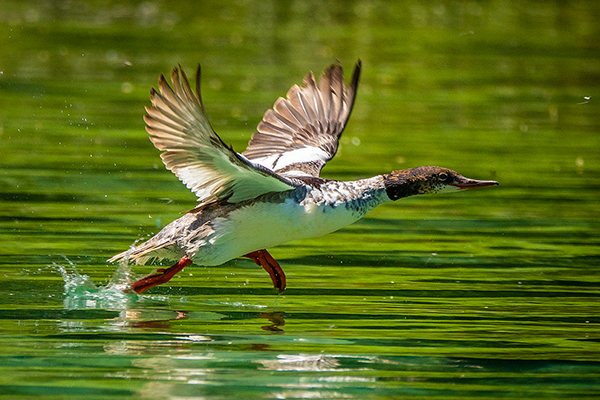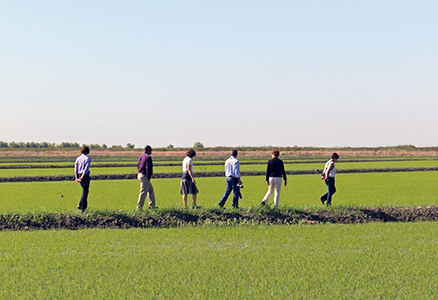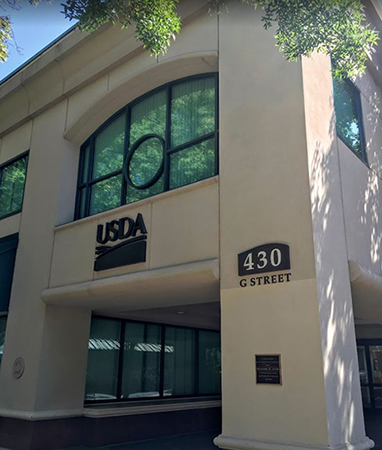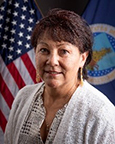March 14, 2022
We are proud of our work so far this year to support farming practices that benefit the environment as well as producers’ balance sheets. In January, we introduced the Post Application Coverage Endorsement (PACE) which allows for insurance coverage for non-irrigated corn, which saves producers money and is considered better for natural resources. In February we rolled out the Pandemic Cover Crop Program (PCCP), offering subsidy support for cover crops planted. We’re making a difference nationwide and much of the work is also taking place at the state and local level.
Our Regional Office in Davis, California, has been working with the Natural Resources Conservation Service (NRCS) to support their Nest Cover Upland Habitat conservation project. This project provides financial and technical assistance to farmers to establish and manage habitat for waterfowl on rice lands. The project compensates rice producers if they do not disturb land typically involved in agricultural production during the waterfowl nesting season (April–July).

The Nest Cover Upland Habitat conservation project promotes duck habitat by leaving land undisturbed to allow for nesting
California rice growers are facing another drought; causing the land to remain fallow. Farmers are questioning whether acreage enrolled in the Nest Cover Upland Habitat conservation project would be eligible for prevented planting insurance coverage. Typically, land intended to be left unplanted under any program administered by the USDA or other government agency would not be eligible for such coverage.
This year, California Rice, a grower group, partnered with NRCS to establish the conservation project, and RMA supported a proposal to allow rice growers in the conservation project to obtain prevented planting insurance coverage for the affected cropland.
“Based on the terms of the NRCS program, it was determined that this practice would not affect the eligibility of the insured’s prevent plant indemnities,” explains Jeff Yasui, Davis Regional Office Director. “California producers may now be eligible for prevented planting coverage when participating in the Nest Cover Upland Habitat conservation program.”

A USDA group tours rice fields in the Sacramento Valley of California
Davis team members, Isabel Alvarado and Laura Hernandez, worked closely with NRCS’s Assistant State Conservationist RaeAnn Dubay and Program Management Specialist Amber Till. State Conservationist Carlos Suarez also provided vital support, as well as California Rice.
“It is unfortunate that California rice growers may have to leave their fields idle due to lack of water,” says Isabel Alvarado. “But they do have an option to participate in a program that provides nesting and foraging habitat for breeding waterfowl. Without this practice in place, farmers would normally disk the fields, and this would destroy the habitat.”

RMA Davis Regional Office, Davis, California
Within RMA, there was a very productive collaboration between Insurance Services, Product Management and Compliance. Without such teamwork, this effort would have been much more difficult. It’s great to see such dedication and cooperation between our offices and partners to support producers and the environment.
– Marcia

Marcia Bunger is the Administrator of USDA’s Risk Management Agency (RMA). Prior to her appointment, she served as a County Executive Director for USDA’s Farm Service Agency. A native South Dakotan, Bunger is also the owner and operator of a 2000-acre farm, a cum laude graduate of Augustana College, and the first member of the Asian American and Pacific Islander community and first woman to serve as RMA Administrator.
